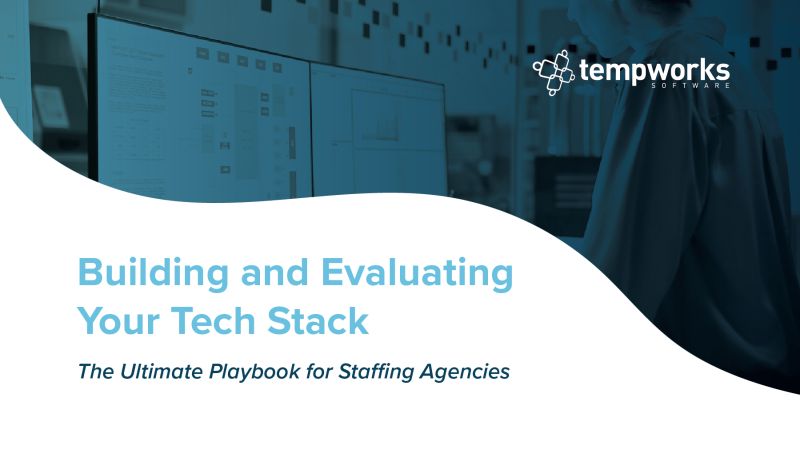Among the many difficulties the pandemic has brought to organizations, the ever-thinning lines between personal and professional lives continues to affect the workforce. The transition to remote work and our reliance on video meetings means that very little of our work life is entirely separate from our personal life. Even the most professional of business meetings over video show off our homes behind us, while pets and family might interrupt conversation at any moment.
The blurred boundaries between home and work have spurred much needed changes in employers’ approach to overseeing their remote teams, in some ways upending the traditional 9-to-5 workdays that have defined American work life in the past several decades. Here are some of the core changes to the workforce we’ve seen in the past year:
More Flexibility
Aside from the necessity of social distancing and mask-wearing, there is little about our daily lives that has remained static in the past year. News, updates, and the state of the economy seem to change on an hourly basis. This new constantly evolving reality has created the blurred boundaries between home and work we’re currently experiencing, and it has also created a need for greater flexibility during the workday. Whether it’s shifting an organization’s annual priorities or granting employees greater freedom to form their own schedules, being flexible is becoming a requirement in operating day-to-day tasks and managing teams.
Shifting Expectations
Although quality of work standards remain high, many businesses are re-examining their daily expectations of workers, particularly in regards to individual employee schedules. Erratic school openings and childcare needs have caused disruption to the traditional 9-to-5 workday of nearly every worker, whether that worker is an entry-level assistant or part of the leadership team. As a result, our conventional idea of a typical workday and an excelling employee are slowly changing. For example, many workers have shifted their working hours to times when they’re least likely to experience disruptions (such as the early morning or late night).
A Focus on Attention Management
In the past, we often considered excellent time management as the ultimate cure for low productivity at work. However, there has been a recent push to reimagine time management as attention management. In nearly ever aspect of our lives, someone—or something—is calling for your attention (think of the pop-ups you see when you read an article, or the advertisements playing in the background while you fill your car with gas). The constantly evolving pandemic has made the media and news cycle some of the worst attention-hogging culprits (how often have you checked the news in the past year?). Thus, the key to increased productivity in your workday is focusing where your attention goes, not necessarily your time.
These are just a few of the changes to the traditional workday that the blurred boundaries between home and work have created. As we begin a second year of remote work, there is one thing organizations can count on: change is inevitable, and a flexible mindset is necessary in order to tackle whatever challenges come next.



















